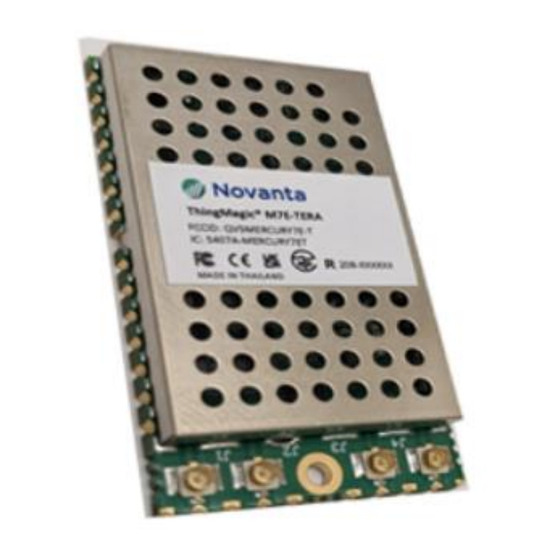
Novanta JADAK THINGMAGIC M7E-TERA Manuals
Manuals and User Guides for Novanta JADAK THINGMAGIC M7E-TERA. We have 1 Novanta JADAK THINGMAGIC M7E-TERA manual available for free PDF download: User Manual
Novanta JADAK THINGMAGIC M7E-TERA User Manual (59 pages)
Embedded module
Brand: Novanta
|
Category: Control Unit
|
Size: 1 MB
Table of Contents
Advertisement
